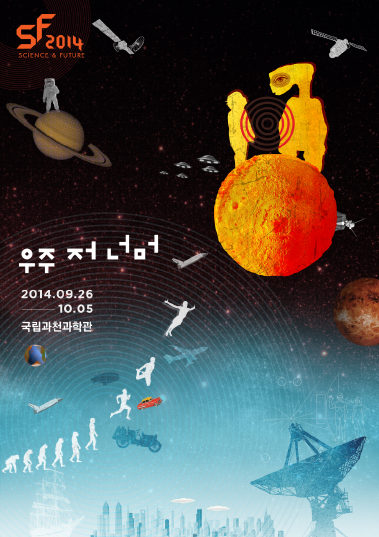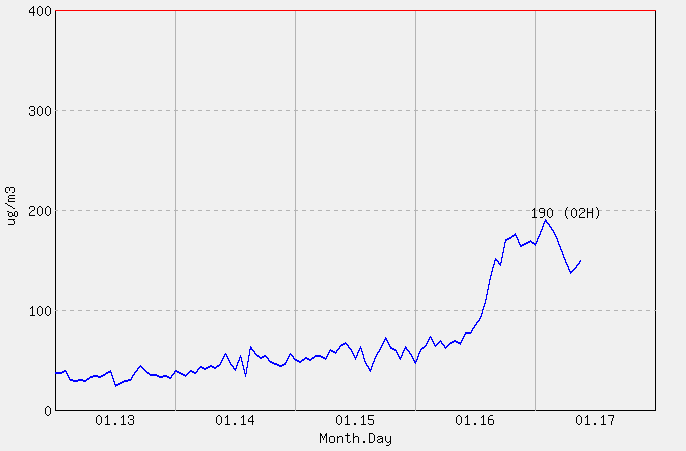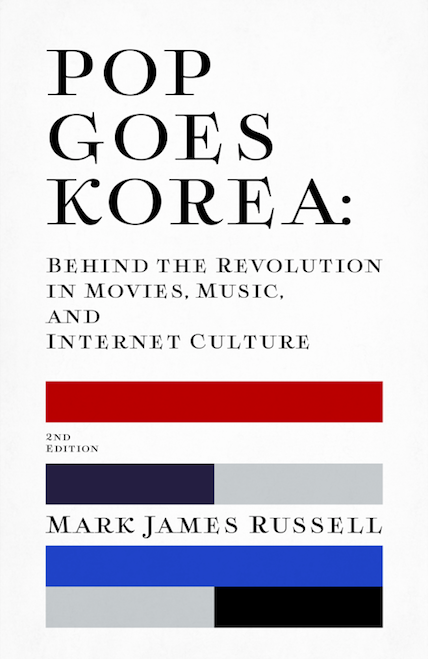After calling that BBC documentary on the Pyongyang University of Science and Technology a “must-see,” I think maybe I should elaborate a bit on what I meant. Because I certainly did not mean that the doc was particularly brilliant. In fact it had a lot of problems. However, if you are interested in North Korea and are able to filter out the typically British sensationalism, then it was more useful.
Like so many British journalists who go to the North, they did not go as journalists. They went as guests of the 2nd International Conference of PUST. And while I’m fairly sure the PUST people who invited them knew what they were up to, their report caused more than a few difficulties for the school.
For a much more insightful look at PUST, I would recommend Richard Stone’s writings for the AAAS’s Science magazine.
Unfortunately, most Science stories are locked behind a paywall. But on Jan. 18, Stone wrote an interesting profile of and Q&A with Joseph Terwilliger, the 48-year-old statistical geneticist who helped Dennis Rodman return to North Korea. He also taught at PUST for three weeks last summer, and if I may excerpt:
I viewed this as a great opportunity to experience the DPRK as a resident, and also to help build a positive and trusting relationship with people in the DPRK, a necessary prerequisite for some future scientific exchanges. I viewed my role there as one of showing the positive side of the American people to a population who has heard
mostly negative stereotypes about us.
I engaged the students, taught them scientific critical thinking, and showed an understanding of their society and culture which most foreigners do not even try to get into. I spoke Korean with their grammatical styles and their accent, and I showed familiarity with their culture. Students all wrote me very sweet notes attached to their final exams about how they really appreciated my efforts to understand their country and needed to think twice about their opinions of the American people as a result of our interactions.
And:
Science, music, sports, culture, academics all have the potential to build bridges between people with no risk to government and no political overtones, and I hope that I will be able to help build such bridges between our countries in the future, using the trust and connections I have built with them over the past several years.
For more on Terwilliger and North Korea, there is this article in the Helsinki Times. And here is Stone’s feature on the opening of PUST from Science (but reprinted at 38 North).
And I just found the Maclean’s article on Michael Spavor, who was also quite involved in the Rodman trip. Spavor is someone I first met around … oh, 1999? It’s great that he’s had such success with the DRPK. Anyhow, Spavor’s Twitter feed is here.
Finally, because the North Korean accordion version of Aha’s “Take On Me” was so popular, here is their latest, a cover of Aha’s “The Sun Always Shines on TV”:





